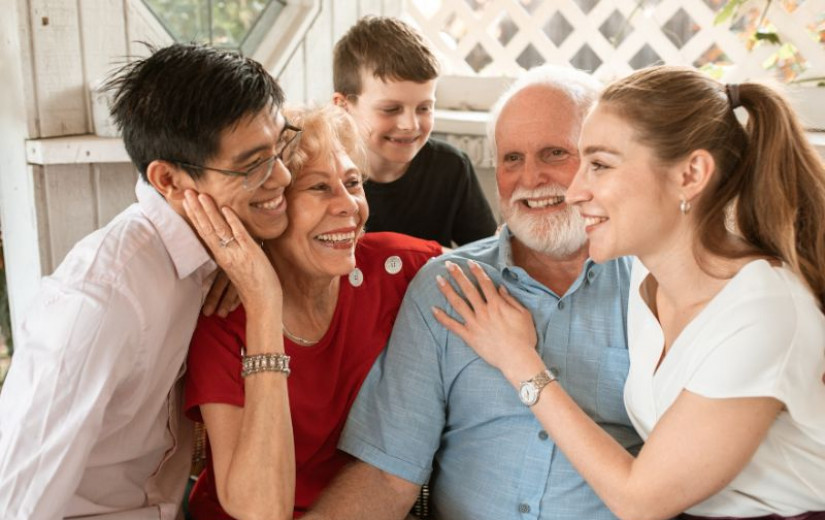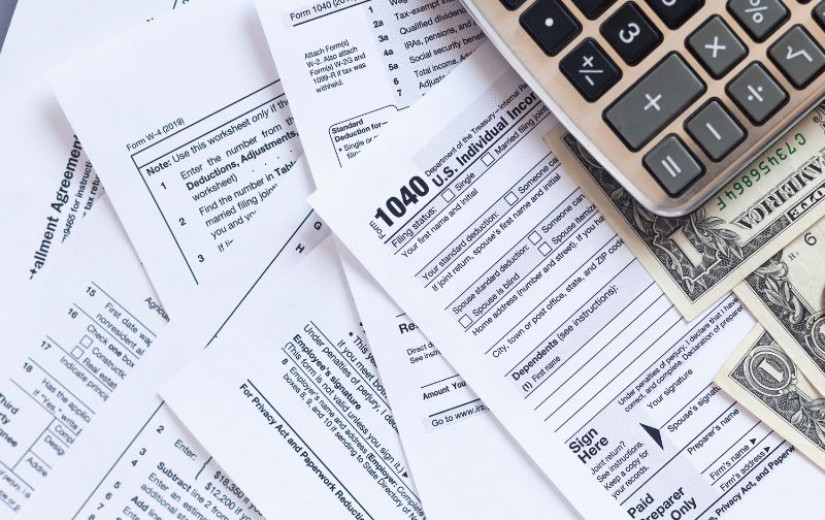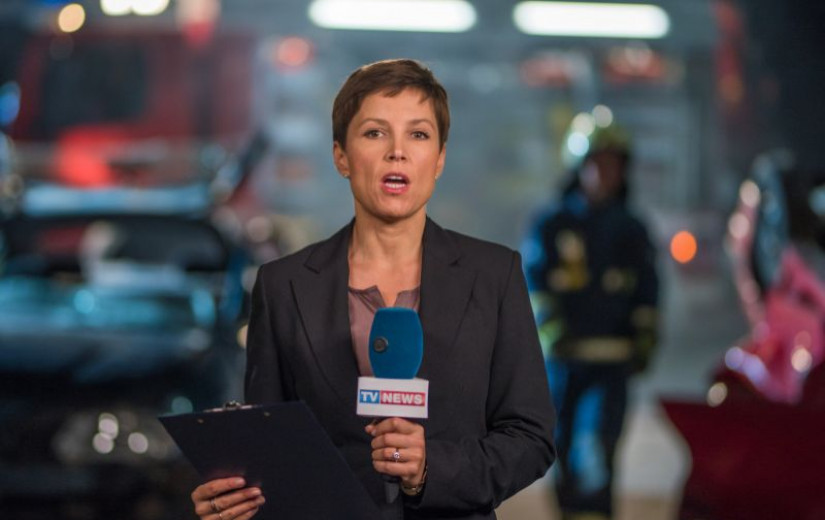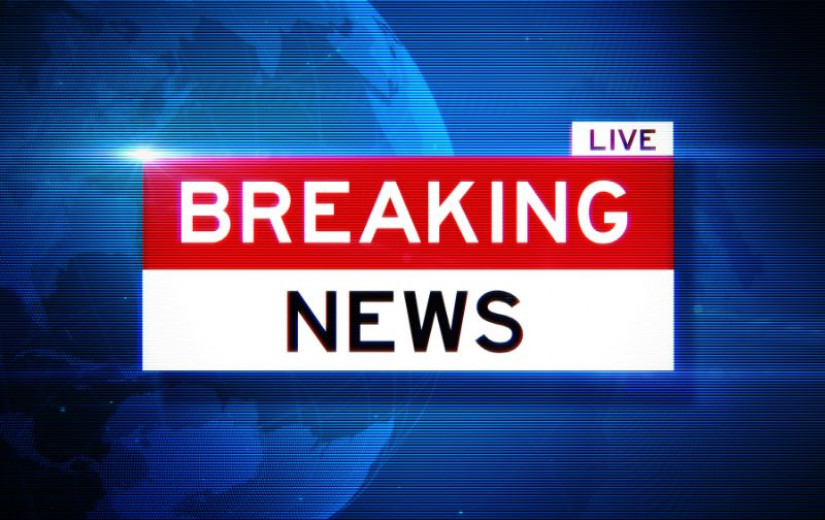
As this campaign hurtles chaotically towards election day, try casting your minds back to the 2022 election. That was the election — a mere three years ago — when women’s rage, in no small part fuelled by ongoing high rates of gendered violence and extreme disquiet at the handling of Brittany Higgins’ Parliament House rape allegation, helped deliver a win for Labor.
As The Sydney Morning Herald and The Age columnist Jacqueline Maley famously wrote of that anger in 2022, “With practical, feminine efficiency, they folded it up and slotted it neatly into the ballot box.”
Yet, sadly, inexplicably, during this election campaign, women’s safety advocates and victim survivors have been left profoundly disappointed.
Related Article Block Placeholder Article ID: 1203062
This election takes place against a backdrop of an alarming escalation in femicides in the intervening three years, which has prompted nationwide protests. In April of last year, new statistics from the Australian Institute of Criminology showed the rate of women being killed by their partner had grown by 28%… in a single year.
In response, Prime Minister Anthony Albanese convened not one, but two dedicated national cabinet meetings, commissioning an urgent “rapid review” into prevention. What’s more, Australia’s domestic, family and sexual violence commissioner, Micaela Cronin, held “crisis talks” in Canberra.
Then — at the end of the year — the findings from the Northern Territory coroner’s year-long coronial inquest into the deaths of four Aboriginal women were published. The NT coroner, Elisabeth Armitage, emphasised that each and every one of those deaths was preventable, “if we do not look away, and act”.
Covering those events, I observed a growing sense of despair, anger and urgency. Why, after 50 years, are we still here?
Given that context, many in the women’s safety sector were not unreasonable in expecting this momentum would translate into the current federal election campaign.
Peter Dutton paid lip service to the issue during his campaign launch, where he pitched himself — as a former cop — as a “protector” of women and girls. The comments were quickly criticised as paternalistic at best.
Instead, calls for action have been met with what some in the sector have described as a “dangerous silence” — a silence that was only broken last week after the murder of four women (all allegedly at the hands of men) the preceding week. Yet again, it took women’s deaths in shocking numbers to prompt a response.
Related Article Block Placeholder Article ID: 1199203
Of the two major parties, Labor was the first out of the gate with the publication of its “commitment to women” last Tuesday. While much of the glossy document highlighted the $4 billion Labor has already put towards women’s safety initiatives, mostly under the banner of the National Plan to End Violence Against Women, it did acknowledge there’s “more to do” and commit to a “new focus” on ending financial abuse, where perpetrators rack up tax or social security debts in their partner’s name. This, it should be acknowledged, is part of a significant program of work the Office for Women has been leading into how government systems are weaponised by perpetrators.
Labor also promised an additional $8.6 million for “innovative” perpetrator responses like electronic monitoring and ankle bracelets on high-risk perpetrators, intensive behaviour change programs, and specialist early intervention for young people.
Two days later, on Thursday, the Coalition announced its policy proposals, which were subsequently described as “scattergun” and “disconnected” by leading advocates. The announcement included 14 commitments, among them expanding the Safe Places Emergency Accommodation Program and the Leaving Violence Program, and increasing helpline support to ensure victim survivors “have their calls answered and get the immediate assistance they require”.
An editorial aside: it seems to me, three years into our second National Plan to End Violence Against Women, after the first national plan arguably failed under the leadership of the previous Coalition government, that answering calls for immediate assistance seems like the very least we can do. Also a focus for criticism: the Coalition’s $90 million pledge lacks detail on how or when it will be delivered, and represents less than 10% of the $1 billion annually frontline services have consistently said they need every year.
Most egregiously, the Liberal Party declined to put forward a spokesperson for a debate focused on issues most affecting women (including safety) hosted by the independent women’s media company Women’s Agenda — on the same day it made its DV announcement. Women’s Agenda reached out to Liberal Party MP Sussan Ley, Senator Jane Hume, and Senator Anne Ruston for participation, with Sussan Ley declining and no response from Hume and Ruston. That famous line from Jerry Maguire comes to mind: “Help me help you.”
But before anyone accuses me of unfairly focusing my ire on the Coalition, I’ll add that it was especially disappointing to see Albanese this week decline to commit to restricting access to alcohol and gambling as part of Labor’s efforts to better prevent domestic and sexual violence — both recommendations from the expert-led “rapid review” his own government commissioned last year. And when asked about increasing JobSeeker, the PM responded, “We did increase the rate” (referring to so-called “indexation” increases to keep pace with inflation).
Related Article Block Placeholder Article ID: 1200145
In 2025, the economic inclusion advisory committee found that women on the lowest incomes are likely to face more challenges to leaving a violent relationship than other victim-survivors because of a lack of financial resources. Last week, a joint statement signed by 74 independent and minor party candidates, and prominent economists and community leaders, demanded income support be increased.
This election campaign, neither major party has shown the kind of leadership needed to give the issue of women’s safety the prominence it deserves, or to treat it with the gravity it demands. I think I can say with a fair amount of confidence that they will both regret that — and it will feature in both parties’ post-election naval gazing.
For the Liberal Party, it will likely feature in another post-loss look at the size and nature of its so-called “woman problem”, the likes of which the party already conducted (but seems to have failed to learn the lessons of) in 2022. And for the Labor Party — if it fails to win a majority government, it may find that some undecided “soft” voters were minded to give their vote to a crossbench comprised increasingly of teals and Greens, in the hope they will push the party to be “braver”.
This week on RN Breakfast, Greens spokesperson for women Senator Larissa Water asked, “Why have we not been speaking about the epidemic of violence against women throughout the entirety of this election campaign?” She went on to confirm that in the event of a minority government, this would be a key issue the Greens would seek to push a Labor government to go further on.
For too many women and children — and that is the most important point — this issue is not viewed through the lens of politics or electoral fortunes. It is a matter of life and death. In an ideal world, that would be enough.
Has either major party convinced you it’s doing enough to reduce violence against women?
We want to hear from you. Write to us at
letters@crikey.com.auto be published in Crikey. Please include your full name. We reserve the right to edit for length and clarity.













